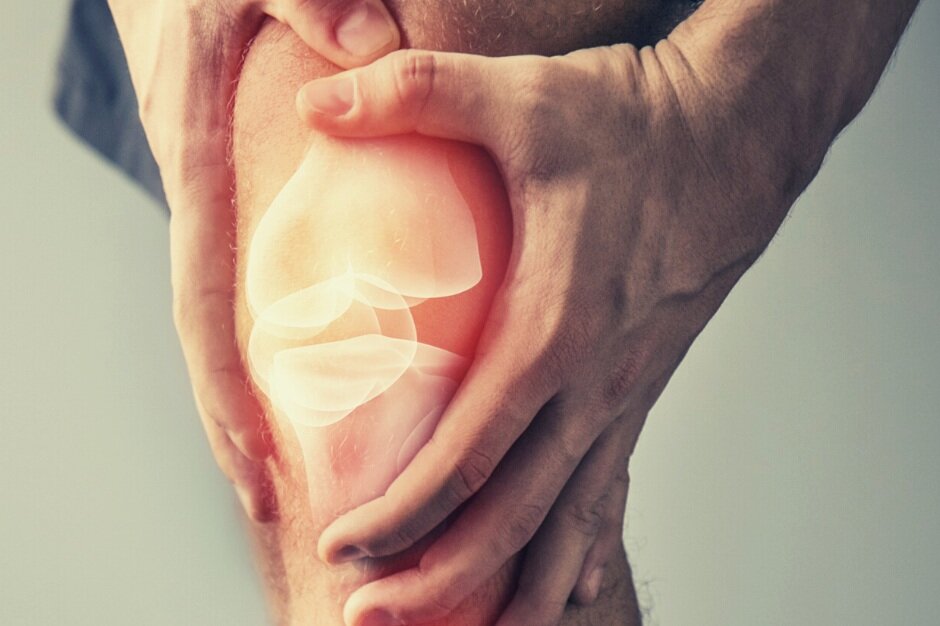Managing Arthritis with Physical Therapy
Arthritis is the leading cause of joint pain affecting 50 million American adults. Arthritis is a chronic, progressive condition that causes inflammation, swelling, pain, and stiffness in one or more joints. Physical therapy helps patients with arthritis move safely, improve function, and manage pain effectively for improved quality of life.
Types of Arthritis
Arthritis describes over 100 conditions that affect joints, tissues around the joint, and other connective tissues. However, there are two types of arthritis that are most commonly treated, osteoarthritis and rheumatoid arthritis.
Osteoarthritis (OA): Osteoarthritis is the most common form of arthritis. It is a degenerative joint disease that often occurs in the hands, hips, and knees. In OA, the cartilage around joints breaks down due to overuse, poor mechanics during activity, or injury. Cartilage lubricates joints and distributes the force placed on the joint. Without enough cartilage, the bones begin to rub together, causing pain. This results in inflammation, swelling, stiffness, damage and loss of function of the joint, and a grinding sensation of the bones rubbing together.
Rheumatoid Arthritis (RA): Rheumatoid arthritis is an autoimmune disease in which the linings of the joint become inflamed as the immune system attacks soft tissues around the joints. This causes fluid to build up in the affected joints, causing pain, stiffness, and inflammation. RA impacts hands, wrists, and feet first and can progress to the hips, knees, and shoulders if left untreated. Those with RA often experience stiff joints in the morning, painful and swollen joints on both sides of the body, bouts of fatigue and low-grade fever, loss of joint function, and redness, warmth, and tenderness in the joint areas.
Physical Therapy Treatment for Arthritis
Physical therapy helps patients with arthritis manage pain, move safely, improve function, and slow the progression of the disease. Research has shown that light-to-moderate activity is beneficial for arthritic joints. Exercise strengthens the muscles around joints, maintains bone strength, and keeps joints flexible and mobile. Lack of exercise can make joints more painful and stiff as the muscles and surrounding tissue that support the bones and joints weaken and greater stress is placed on the joints.
Physical therapists design an individualized plan of treatment to improve an arthritic patient’s flexibility, strength, coordination, and balance, achieve optimal function, and manage pain. Physical therapy treatment for arthritis includes a therapeutic exercise program, manual therapy, and aquatic therapy.
Physical therapy exercise helps arthritic patients:
Increase range of motion: Gentle range-of-motion exercises are used to relieve stiffness and increase the ability of the patient to move the joint through the full range of motion and bend and straighten the joint.
Strengthen muscles that support the arthritic joint: Engaging in low-impact aerobic exercise and weight-training helps decrease friction between the joint’s bones by strengthening the surrounding muscles that support the joint. This improves overall fitness, stamina, and energy. Exercises include elliptical training, bicycling, and swimming.
Improve balance and proper body mechanics: Those with arthritis may have impaired balance due to muscle weaknesses and decreased joint function. Balance training helps the patient learn to respond and adjust to changing surfaces and elevations.
Use assistive devices: A physical therapist teaches a patient how to use assistive devices, such as walkers, canes, splints, and shoe inserts, effectively to take pressure off arthritic joints.
Improve posture: Correct posture and biomechanics help take stress off of arthritic joints when sitting, walking, or standing.
Manual therapy can decrease arthritic pain and increase mobility through joint and soft tissue mobilization. Research shows that patients who received manual therapy as part of their physical therapy treatment for osteoarthritis had twice the pain relief and improvement in function in comparison to those that did a home exercise program only.
Aquatic therapy in a warm water therapy pool allows arthritic patients to exercise with reduced pain and greater ease of movement. The warm water of the pool reduces weight-bearing stress on the joints, decreases inflammation, and provides temporary pain relief. The warm water also offers greater resistance than air, helping patients build strength and improve mobility and balance more easily.
If you have arthritis, you have options to manage your pain and function. While injections, medication, and surgery may be needed in some cases, physical therapy is an effective, non-invasive treatment to manage your arthritis and improve your quality of life. Don’t hesitate to give us a call to begin a treatment plan for your arthritis, customized to your specific needs and goals.
